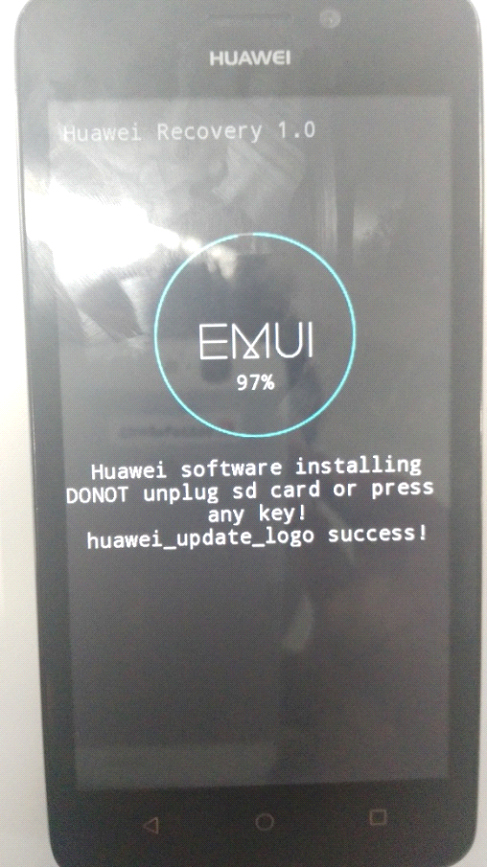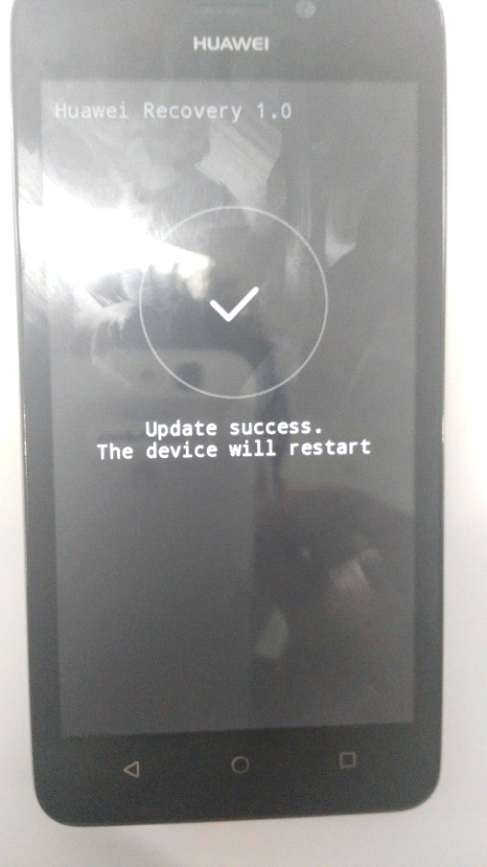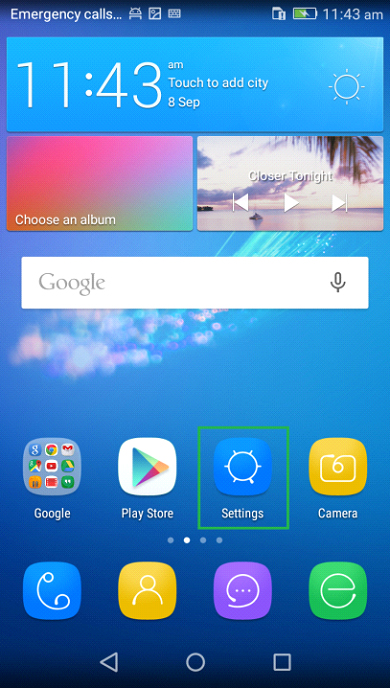دانلود فایل فلش SCC-U21 برای حل مشکل USSD Code
حل مشکل تمامی ارور های code ussd
حل مشکل عدم نمایش موجودی
فلش از طریق SD CARD
Android :5.1
بیلد 150



دانلود فایل فلش SCC-U21 برای حل مشکل USSD Code ( کد ها ی دستوری )
دانلود فایل فلش SCC-U21 برای حل مشکل USSD Code
حل مشکل تمامی ارور های code ussd
حل مشکل عدم نمایش موجودی
فلش از طریق SD CARD
Android :5.1
بیلد 150



BS 7121-2:2003- Code of practice for safe use of cranes
Part 2: Inspection, testing and examination


154 صفحه
National Board Inspection Code (NBIC): 2015- Part 1: Installation
قسمتی از متن در اینجا آورده شده است :
5.5 تحلیل عملکرد OCDMA نا همدوس انکدینگ طیفی دامنه بر اساس FBG ها
سیستم نا همدوس OCDMA بر اساس انکدینگ طیفی دامنه و آشکار سازی متعادل می تواند از منبع نور نا همدوس پهن باند ارزانتر مانند LED و ASE و غیره استفاده کند و MAI را متوقف کند.به علاوه به استفاده از لیزر mode-lock و دستگاه آستانه نوری غیرخطی نیاز ندارد . دردسر دریافت فقط یک دریافت کننده آشکارسازی مستقیم نیاز است و به علاوه ،بهره انتشار فرکانس سیستم مستقل از پهنای باند مدلاسیون است .بنابرین ،این مزایا امتیاز بزرگی برای استفاده در شبکه دسترسی نوری می دهد .ضمناٌ به خاطر استفاده از منبع نور ناهمدوس ،سیستم کمی تحت تاثیر ضربات نویز قرار می گیرد.
در ابتدا OCDMA انکدینگ طیفی دامنه با بهره گیری از تجهیزات اپتیکی که حجم بالا داشته و بسته بندی و تضمین پایداری بهره برداری نرمال داشت ، انکد/دیکد می شد.همزمان تجهیزات بسیار گران هم بودندو پیاده سازی آن ها بسیار دشوار بود . با پیشرفت تکنولوژی شبکه فیبر نوری ،انکدینگ/دیکدینگ طیفی دامنه با بهره گیری از FBG ها قابل انجام است.
در این بخش ،تحلیل عملکرد BER مربوط به سیستم OCDMA نا همدوس بر پایه انکدینگ FBG و آشکارسازی متعادل پیشنهاد شده در مرجع [12] را انجام می دهیم . دیاگرام کلی شبکه OCDMA اجرا شده با FBG ها در شکل5.24 نشان داده شده است.
10 صفحه
فایل ورد با فونت 11 - قابل ویرایش بدون تبلیغ


استاندارد API 570
بازرسی از خطوط لوله
نسخه 2006
Piping Inspection Code
Inspection, Repair, Alteration, and Rerating
of In-service Piping Systems
Scope
1.1 GENERAL APPLICATION
1.1.1
Coverage
API 570 covers inspection, repair, alteration, and rerating procedures for metallic piping systems that have been in-service.
1.1.2 Intent
API 570 was developed for the petroleum refining and
chemical process industries but may be used, where practical, for any piping system. It is intended for use by orga
zations that maintain or have access to an authorized
inspection agency, a repair organization, and technically
qualified piping engineers, inspectors, and examiners, all
as defined in Section 3.
1.1.3 Limitations
API 570 shall not be used as a substitute for the original
construction requirements governing a piping system before
it is placed in-service; nor shall it be used in conflict with any
prevailing regulatory requirements.
1.2 SPECIFIC APPLICATIONS
1.2.1 Included Fluid Services
Except as provided in 1.2.2, API 570 applies to piping systems for process fluids, hydrocarbons, and similar flammable
or toxic fluid services, such as the following:
a. Raw, intermediate, and finished petroleum products.
b. Raw, intermediate, and finished chemical products.
c. Catalyst lines.
d. Hydrogen, natural gas, fuel gas, and flare systems.
e. Sour water and hazardous waste streams above threshold
limits, as defined by jurisdictional regulations.
f. Hazardous chemicals above threshold limits, as defined by
jurisdictional regulations.
....